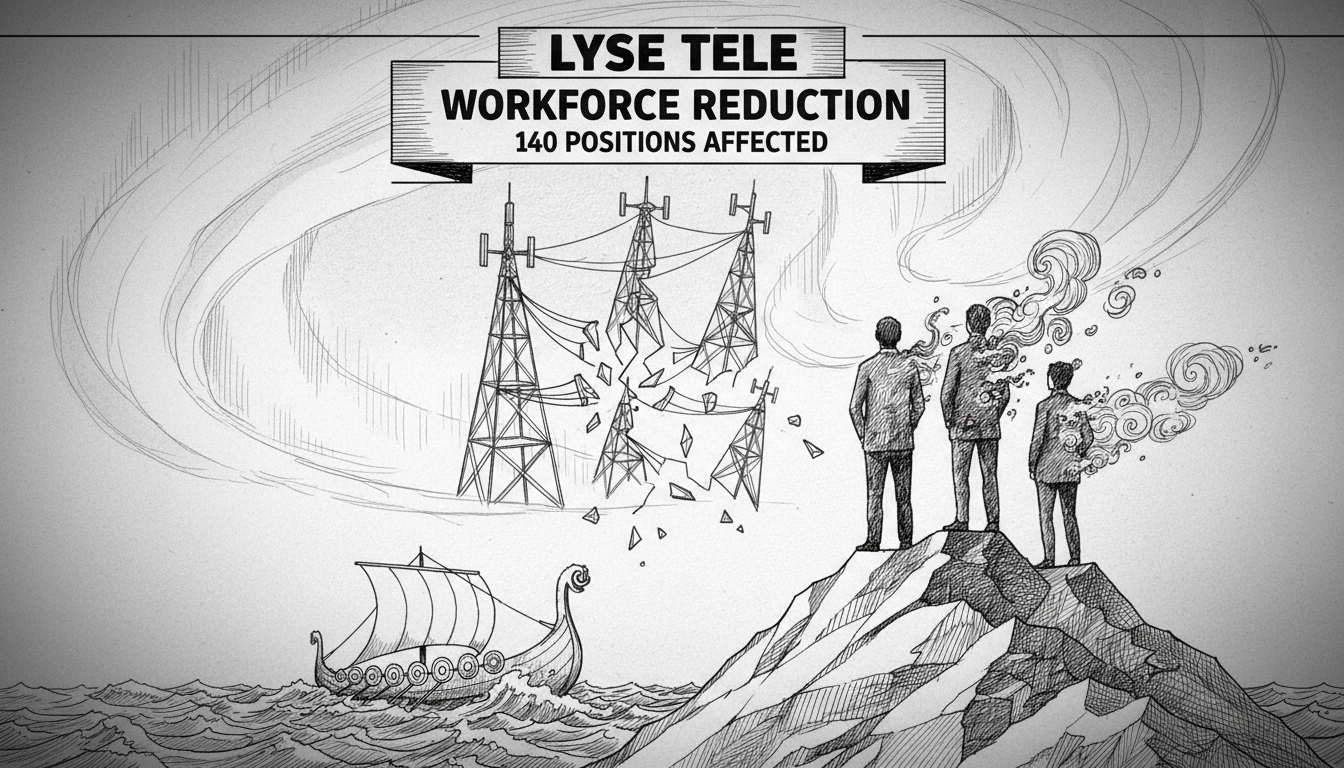Norwegian telecommunications provider Lyse Tele has announced organizational changes that could affect 140 positions. The company informed employees about the restructuring on Wednesday. This represents approximately 12% of the company's total workforce of 1,200 employees.
The company formed through the merger of Ice, Altibox and other fiber companies faces challenging market conditions. Increased competition and rising costs pressure profitability despite ongoing major investments.
Kristin Dahle Larsen, the company's telecommunications director, explained the reasoning behind the decision. She said the company needs to reduce cost levels and organize more effectively to strengthen competitiveness. The main focus now involves supporting affected employees through the process.
Norwegian telecommunications sector restructuring reflects broader industry trends. Companies face pressure to consolidate operations after major mergers. The Nordic telecom market experiences intense competition with multiple providers vying for customers.
What does this mean for Norwegian telecom customers? The workforce reduction suggests Lyse Tele aims to streamline operations. Customers might see more efficient service but could also experience organizational growing pains during the transition.
The company has operated for approximately eighteen months since its formation. During this period, management gained valuable experience and identified organizational efficiencies. The goal now involves establishing a simpler and more effective operating model.
Norwegian labor regulations require extensive consultation processes for workforce reductions. Companies must follow strict procedures when announcing potential layoffs. The process typically involves employee representatives and may take several weeks before final decisions.
This situation highlights the challenges facing merged companies. Integration often reveals overlapping functions and opportunities for consolidation. The current announcement suggests Lyse Tele has completed its initial assessment phase and now moves to implementation.
Telecom sector analysts note that fiber network competition remains intense across Norway. Multiple providers continue expanding infrastructure while facing cost pressures. The balance between investment requirements and profitability creates ongoing challenges for industry players.
For international readers, this story illustrates how even in stable Nordic economies, market forces drive organizational changes. Norway's strong social safety net provides support for affected workers, but job transitions remain difficult experiences for individuals and communities.
